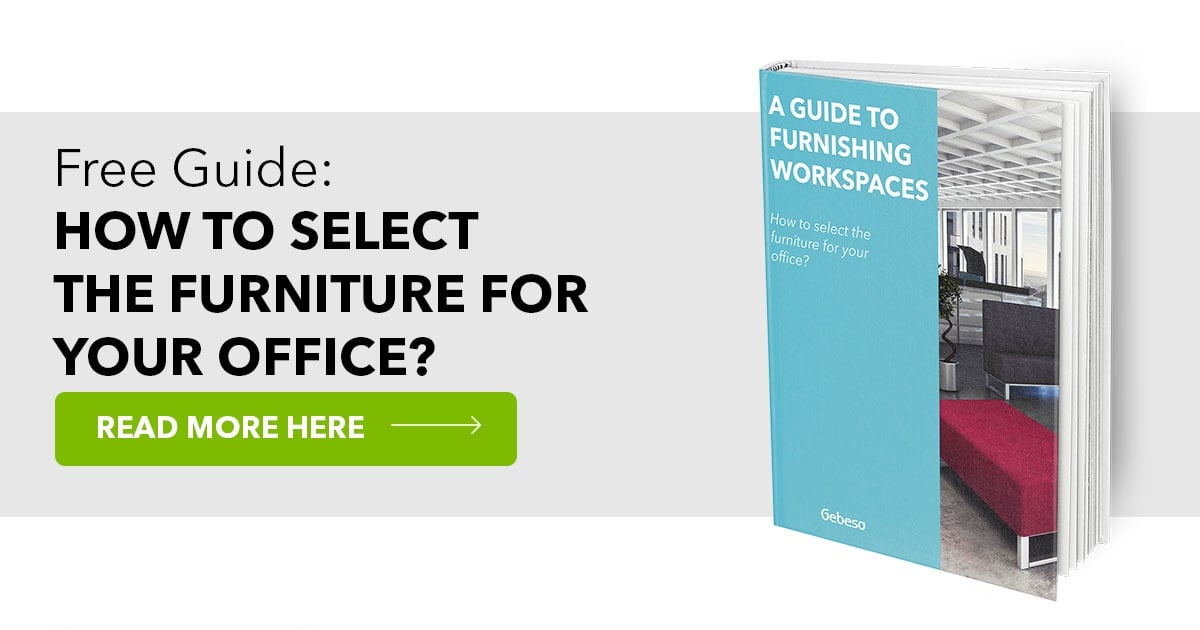Tips for buying an office chair that fits your employee's needs
Buying an office chair is no small matter. A Miller Group study stated that 85% of office employees experience back pain after the age of 50, and according to data from the European Agency for Health and Safety at Work, the condition is the most costly health problem, the second largest cause of doctor visits and even the third largest reason for getting surgery.
Although health issues are already a significant reason to seek a quality alternative for employees in all types of offices, factors such as productivity, concentration, and flexibility can also substantially be improved.
We have compiled a series of tips for buying an office chair capable of benefiting all types of workers and your bottom line.
Consider the type of chair.
There are multiple types of office seating, and the first thing to examine is what type of chair is required for each function.
Semi-executive and operational chairs have become one of the most efficient choices for active employees, not only due to their comfort but also because of their mobility and adaptability, allowing an employee to quickly turn around, pick up the phone, write on the computer, turn around again to communicate with great speed and ease.
The executive chair models, while regarded to be exclusive to higher-ranking workers, in actuality, because of their wider back, are also useful for employees who spend long hours sitting; or for those who spend a great amount of time on the phone, such as an operator or customer service assistant, as they will require more lumbar support.
Flexible seating
Taking into account that there can be people of different heights in a single department, buying an office chair with an adjustable seat is essential.
Being able to adjust the chair’s size to one’s ideal will contribute to optimal performance in the long term, and it is also one of the best ways to avoid back injuries.
Of course, if it is ergonomically designed, it will also enhance the employees’ comfort and productivity.

Upholstery
The material of an office chair is also a vital factor. While one usually regards softness to be one of the essential qualities, it is better to consider breathability issues.
For example, while a leather seat may look very attractive and comfortable, when it comes to long sitting positions, it is essential to encourage better circulation and ventilation, especially when working without controlled climate conditions.
Armrests
Although for some types of work that require constant physical movement, they may represent an obstacle. In most office functions, an armrest can be useful to change posture to reach an optimal position.
They also help you stand up quickly, allowing you to respond to an urgent matter.
Support
The flexible backrest is also crucial, as it allows the chair to be optimally adjusted to the different positions needed.
The position we take when typing on the keyboard is not the same as when we lean back to talk on the phone or to think about a decision; this is why it should have at least one support in the lumbar area. For functions that require multiple hours of sitting, a backrest that can be adjusted according to the desired position is a more ergonomic alternative that promotes productivity.
Buying a quality office chair
Opting for proven quality chairs like those from Gebesa is a more efficient option, because ergonomics’ importance to protect health and promote better performance. Its durability prevents a company from having to purchase new furniture frequently.
Higher quality alternatives also are aesthetically pleasing, which will provide a more professional image for all kinds of offices—purchasing quality seating is an investment capable of improving the performance of all types of companies.






